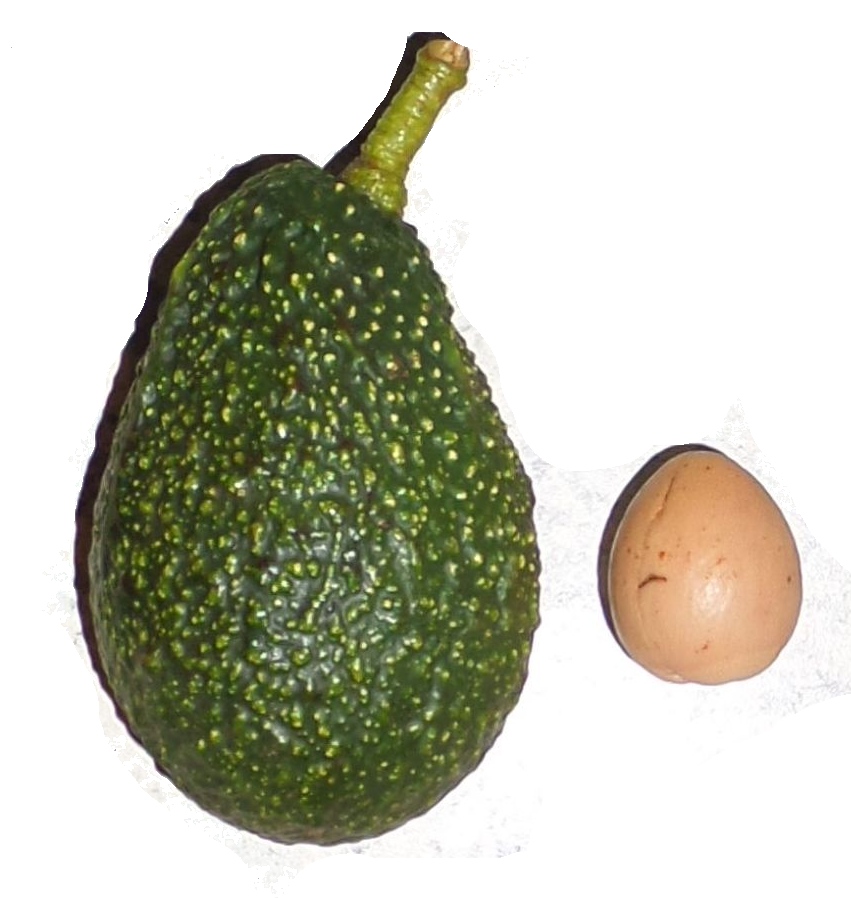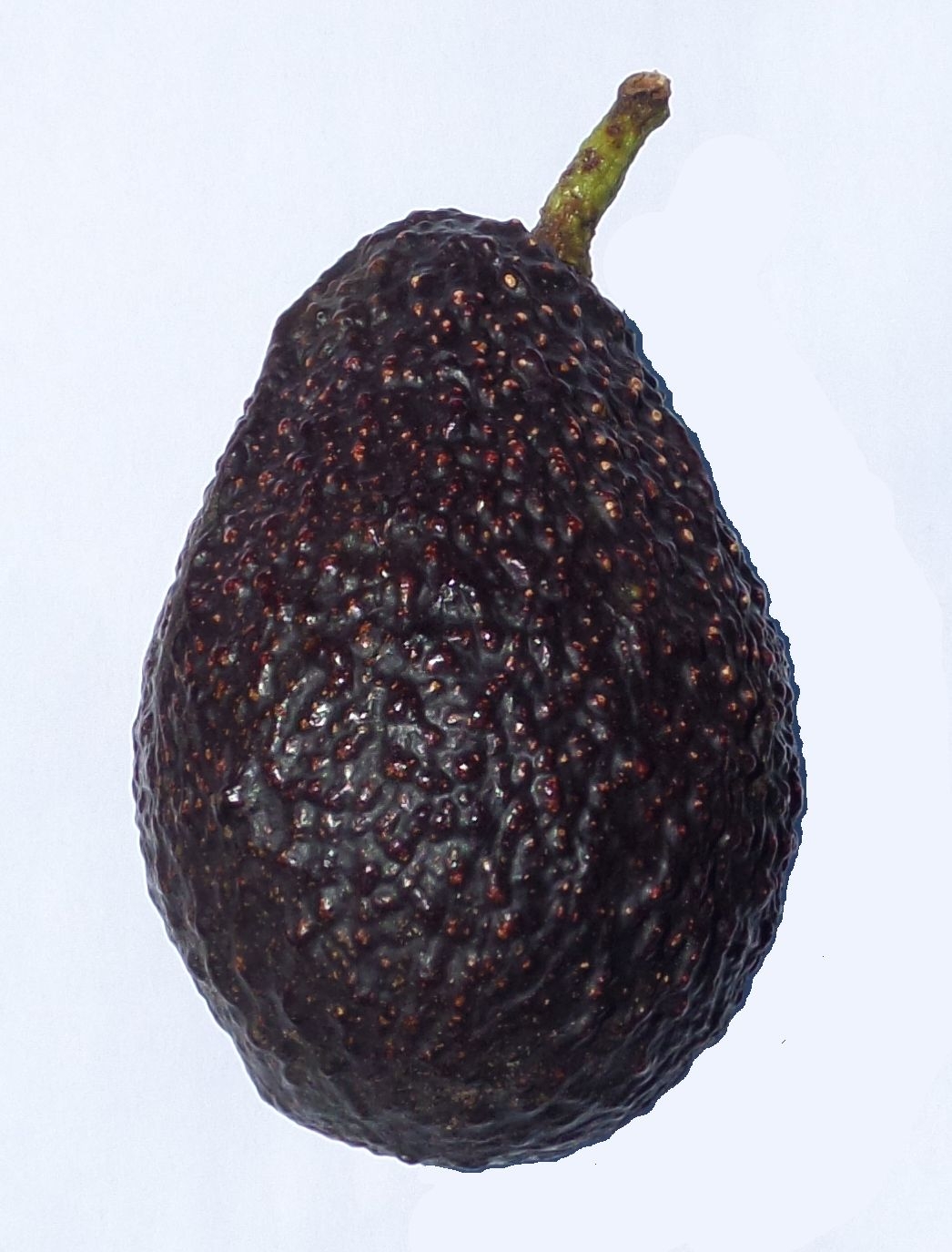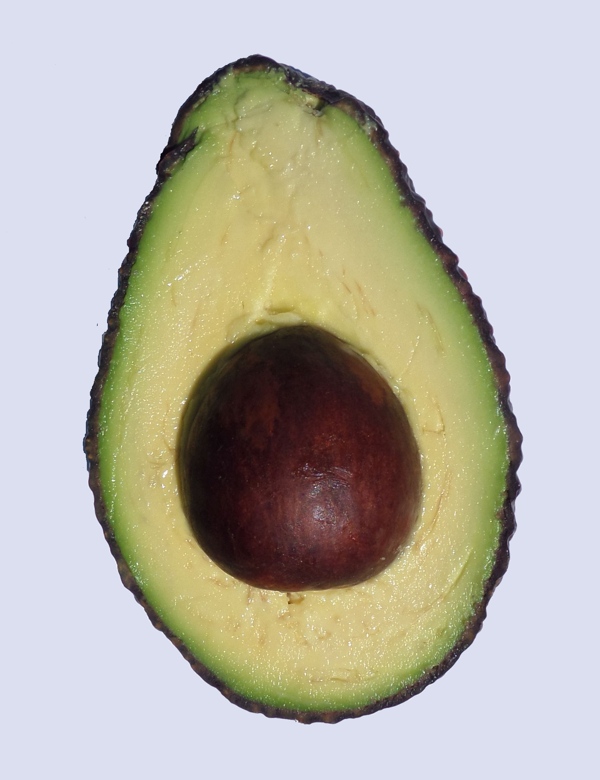®Maluma
Hass
Origin
Maluma Hass is a South African 'Hass-like' variety. It is a chance
seedling of unknown parentage discovered in the early 1990s by Dries
Joubert on his farm 'Maluma', at Levubu, Limpopo, South Africa. It
was given to Allesbeste Nursery, Tzaneen, South Africa to explore
its commercial potential, as it was a slightly larger fruit
than Hass, seemed to be a precocious and regular bearer, and the
tree was upright and more easily controlled than Hass trees. The
variety appearing promising as a new commercial cultivar, and was
fruit variety was patented in 2004 and exported for the first time
in 2006. The name Maluma has been registered as a trademark.
The fruit has gained acceptance in the European market, and the
variety has now been patented and planted in several countries
around the world, including New Zealand (where it is only available
to registered avocado growers), Australia, USA, Spain, Morocco,
Egypt, Peru, and lately Chile, Mozambique and Israel.
The Tree
Maluma is believed to be mainly Guatemalan, with some Mexican
influence. Like Hass, it has an 'A' type flowering pattern. Maluma
is more upright than Hass, but is smaller and less vigorous than
Hass, and can relatively easily be trained to a central leader if
this is done early. If a central leader system is used, the side
branches are horizontal, somewhat drooping, with shorter internodes
than Hass. Importantly, the more open habit allows good light
penetration when grown as a central leader plant. The
distinctive leaves are somewhat drooping and incurved, relatively
narrow, and often with an shallowly undulating margin.
Maluma comes into bearing quickly. A couple of trees planted here in
Helensville were very quick to set and mature a first fruit.
However, our young trees have been harder to 'green up' than most
varieties here, probably because they flowered so early and so
heavily that it has delayed proper root establishment. Several
dropped leaves after flowering, and are still 'sulking' in spite of
my efforts to get them going again. The tree and the fruit are said
to be less sensitive to frost damage than Hass, and conversely, more
tolerant of heat.
Fruiting
According to Dr. Andre Ernst of Allesbeste Nursery, in South African
conditions the best Hass production is 12-15 tonnes per hectare, but
Maluma "easily exceeds that". Best yields can be as high as 20
tonnes to the hectare.
Maluma is said to be acceptably mature a month earlier than Hass -
at least under South African conditions. In 2015 the fruit here
commenced tree ripening in mid - late November, only a little before
our Hass.
In 2017, the first slight color change in the Maluma fruit was in
late September. Hass fruit here are all totally green at that time.
In 2020, the first color change was about mid October. Fruit picked
on the 19th of October had softened by the 28th. The quality was
good, but the seed coat was stil a light brown, suggesting they had
yet to reach full maturity. In the 2016 season, Maluma fruit in the
Bay of Plenty reached the minimum 24% dry matter in early October,
whereas Hass reached 24% much earlier than Maluma, in mid August.
In contrast, in the warmer areas of new Zealand (Whangarei, Far
North) Maluma reached 24% in mid June, but Hass didn't achieve
pickable maturity of 24% DM until a month later, in mid July.
Clearly, there is a regional split - Maluma is the earliest high
quality avocado to mature, but only in the warmer north. In the Bay
of Plenty, the main avocado growing area, Hass beats Maluma to first
maturity by a significant margin.
A tentative explanation might be that Hass is better able to ripen
fruit in cooler temperatures; and Maluma's maturation is both
inhibited by cooler temperatures and is much more responsive
to warm temperatures than Hass.



Fruit
Externally, the fruit look almost identical to Hass, but the shape
is more pyriforme (pear shaped), and the skin is much more
prominently 'pebbled', and is glossier. The ripe skin color is
purple-black. Internally, the flesh is slightly paler than Hass,
with a little fiber, and has a good flesh to seed ratio. South
Africa reports the seed volume as 10% - 15% of the fruit volume. A
small 2018 sample here was 11.4%, 12.2%, 13.4%, 14.1%, so in line
with South African results. Under South African conditions the fruit
size range is 150 to 400 grams. The New Zealand fruit illustrated
above was large relative to Hass, at 335 grams (the seed on the far
left has had its seed coat removed). In 2017, the fruit averaged
around 320 grams.
The South Africans describe the taste as nutty, like Hass, but
'creamier'. The above fruit, picked in mid December 2014, was very
oily, with a buttery texture. It has a definite and very good
flavour, but it is not as 'nutty' as Hass. The skin usually peels
easily from the flesh. In 2017, the first hint of color change on
Maluma fruit was in late september. A fruit picked at this stage was
very good - better than Hass at this time. However, the autumn set
Carmen Hass round picked in late September was outstanding - as good
as Hass ever is at its best. In 2018, it was clear that spring
Maluma are much superior to Hass in flavor, but by early summer Hass
has caught up and surpassed Maluma in flavor.
Personally, I think the flavor is superior to Hass, at least, early
in the season. Maluma fruit from the north have the potential to be
seen as a 'gourmet' avocado early in the season - as long as they
can be guaranteed to have a Northern provenance.


